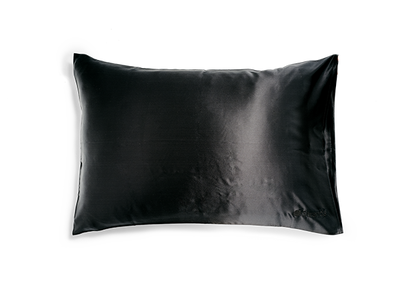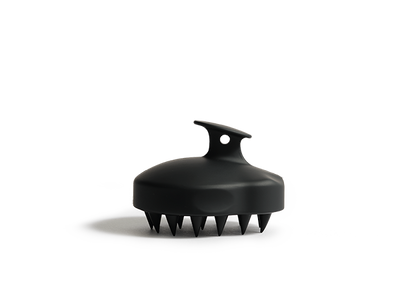When we see beauty and hair products being advertised on TV, in magazines, or on billboards, most of the time, we are presented with models with thick, long, and luscious hair. Our beauty standards for hair nowadays seem to equate having long and thick hair. Having thin hair just doesn’t give the impression of having beautiful hair.
So why do some of us experience thin hair? Here are a few reasons why: certain hairstyles, hair products, and even hereditary reasons!
Overdue hairstyles are one of the main causes of thin hair. People who wear tight ponytails may often experience thinned out hair over time, usually around the edges and middle section of the hair. Wearing a hairstyle for a long period "trains" your hair to stay in the same place. This is why changing up your hairstyle every so often is important so that your hair can grow healthy and balanced!
Today, people have become increasingly interested in processing their hair; but although bleaching, straightening and perming your hair can provide you with a new and trendy hairstyle, overprocessing it can lead to hair thinning. Styling daily with heat or adding chemicals to your hair can cause damages. For example, the main ingredient in hair bleach - hydrogen peroxide, works by breaking down melanin when it oxidizes, making your hair loses its natural protection and can lead to dryer hair. So consider giving your hair a break and let your hair recover for some time!
How To Tell If You Have Thin Hair
In order to give your hair the proper treatments, choosing the right hair care products will often require you to know your hair type and scalp condition.
To determine whether you have thin hair, you can measure the diameter of your hair. Don't worry, I'm not saying that we need to grab a ruler and measure out the diameter of our hair strand, simply grab a single hair strand and place it between your fingers! If you can hardly feel the hair, then you probably have thin hair. If you can feel the hair, then your hair type is medium. If you feel a thick strand, then your hair is coarse.
Another way to determine whether or not you have thin hair is to identify its density. Most of the time, if you can noticeably see your scalp, your hair is thinning.
Hair Tips For Thin Hair Types
If you're someone who has this problem, we have a couple of hair tips that we'd like to..couple hair tips I would like to share with you to help your hair grow back beautiful and thick!
- Trim Your Hair Every 8-10 Weeks
Thin hair strands tend to be weaker than medium/coarse hair, which can lead to split ends faster because they cannot take as much processing and styling. Getting a haircut every 8-10 weeks can provide your hair with a fuller look and help it grow.
- Avoid Too Much Sun Exposure
This one might be a bummer to all the outdoorsy people. While staying active is key in maintaining our health, too much sun exposure can lead to the sun UVA rays to damage our hair follicles and cause it to break off. It can also dry out hair that's been processed. So next time when you go to the beach, make sure to wear heat protectant and hair sunscreen! If you want a lazy but stylish option, simply put on a fancy cap!
- Get Enough Protein
Lack of protein can sometimes lead to hair thinning. Although we already have protein in our hair, it's crucial that we know how to maintain it. There many protein-rich foods such as turkey, eggs, fish, and much more. If you're getting too little protein in your diet, it might cause hair thinning, so consider changing it up. Be mindful of what you eat!

 The Starter Set
The Starter Set
 Reorder
Reorder
 Silk Pillowcase
Silk Pillowcase
 Scalp Massager
Scalp Massager


